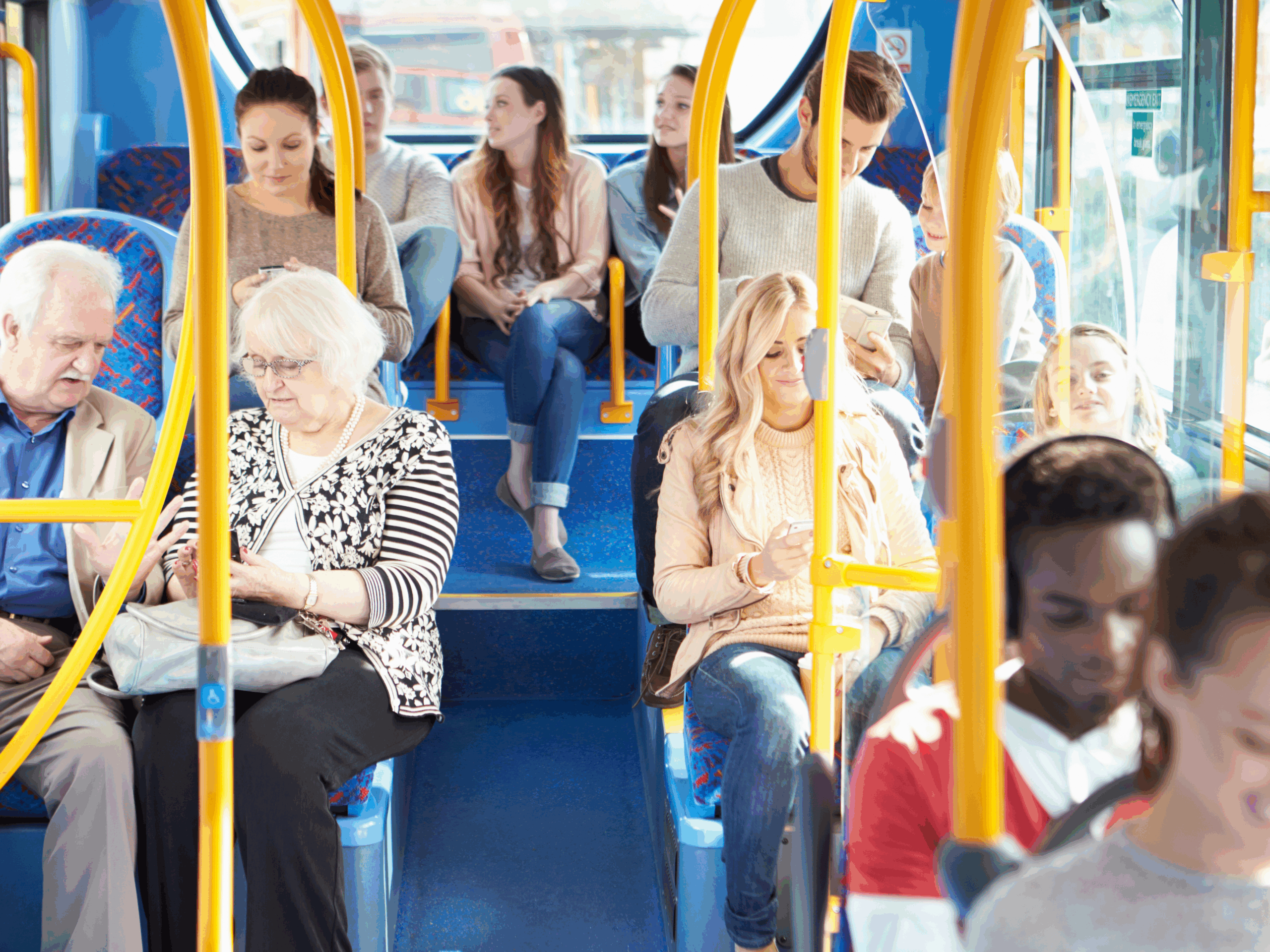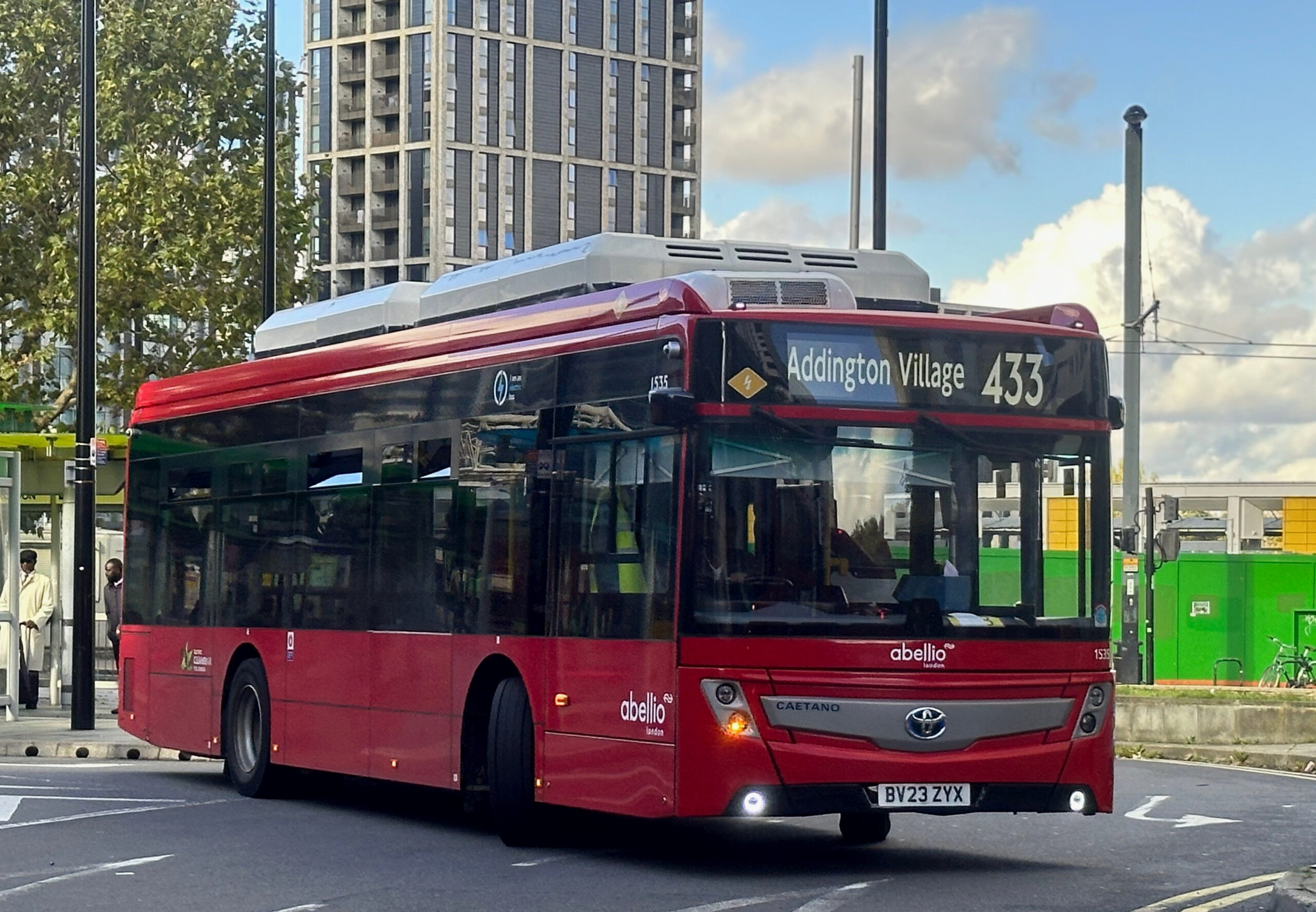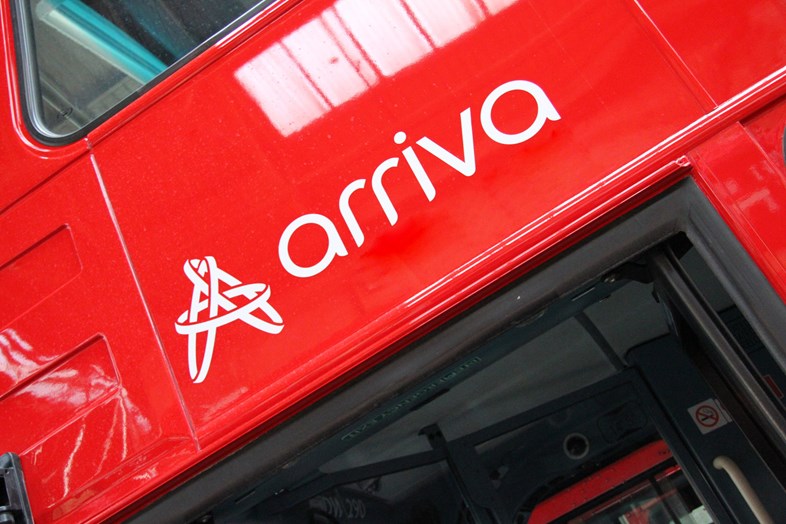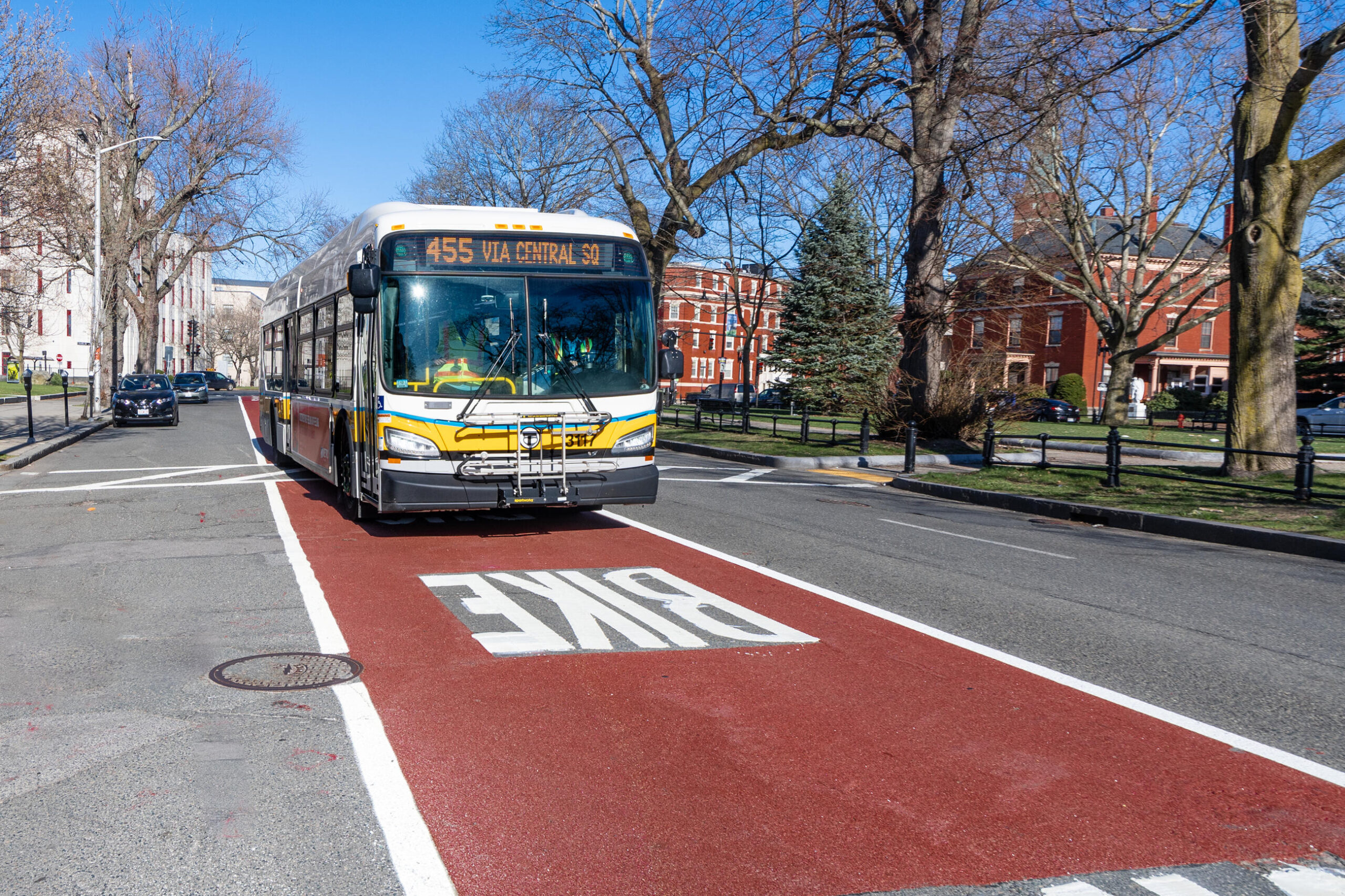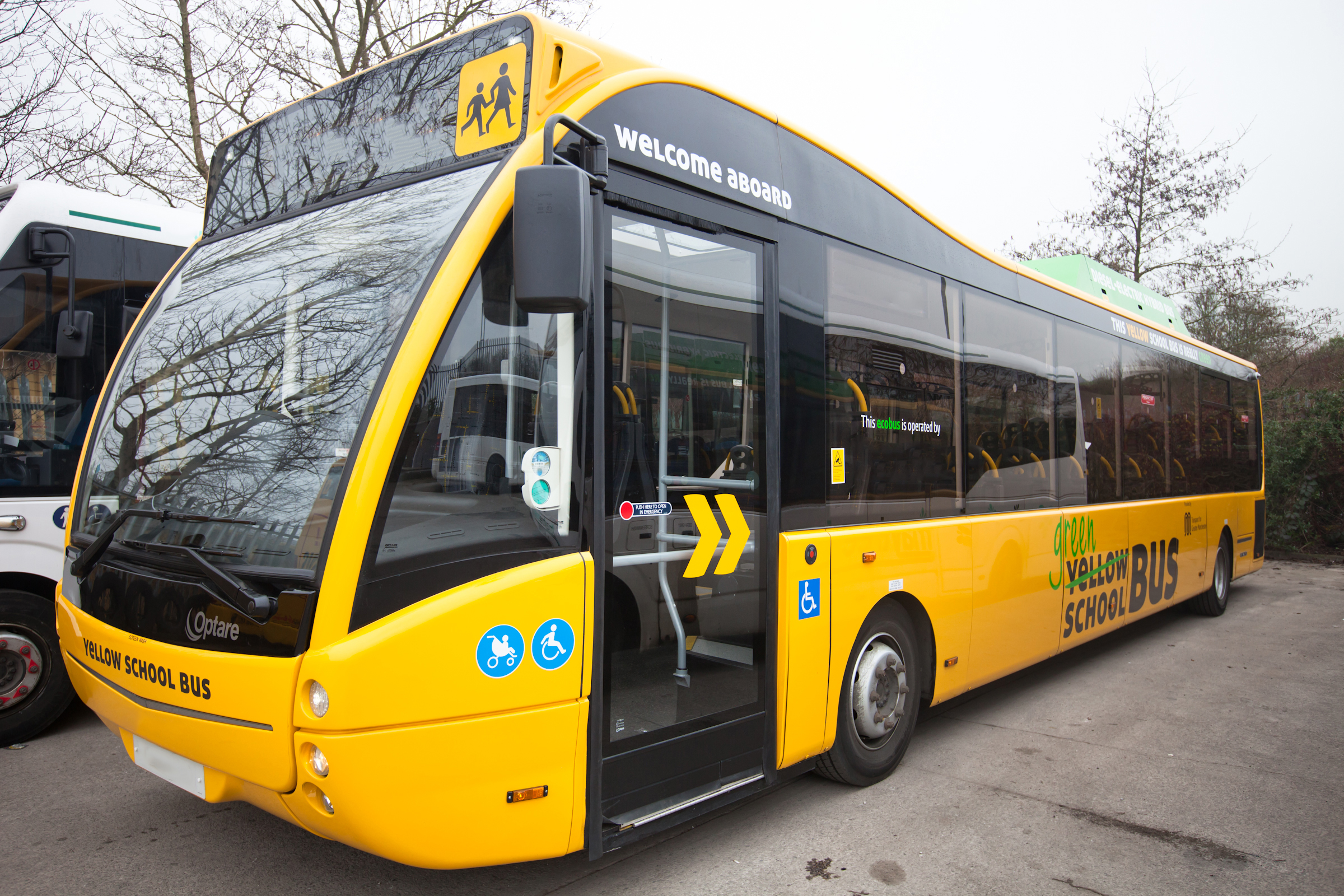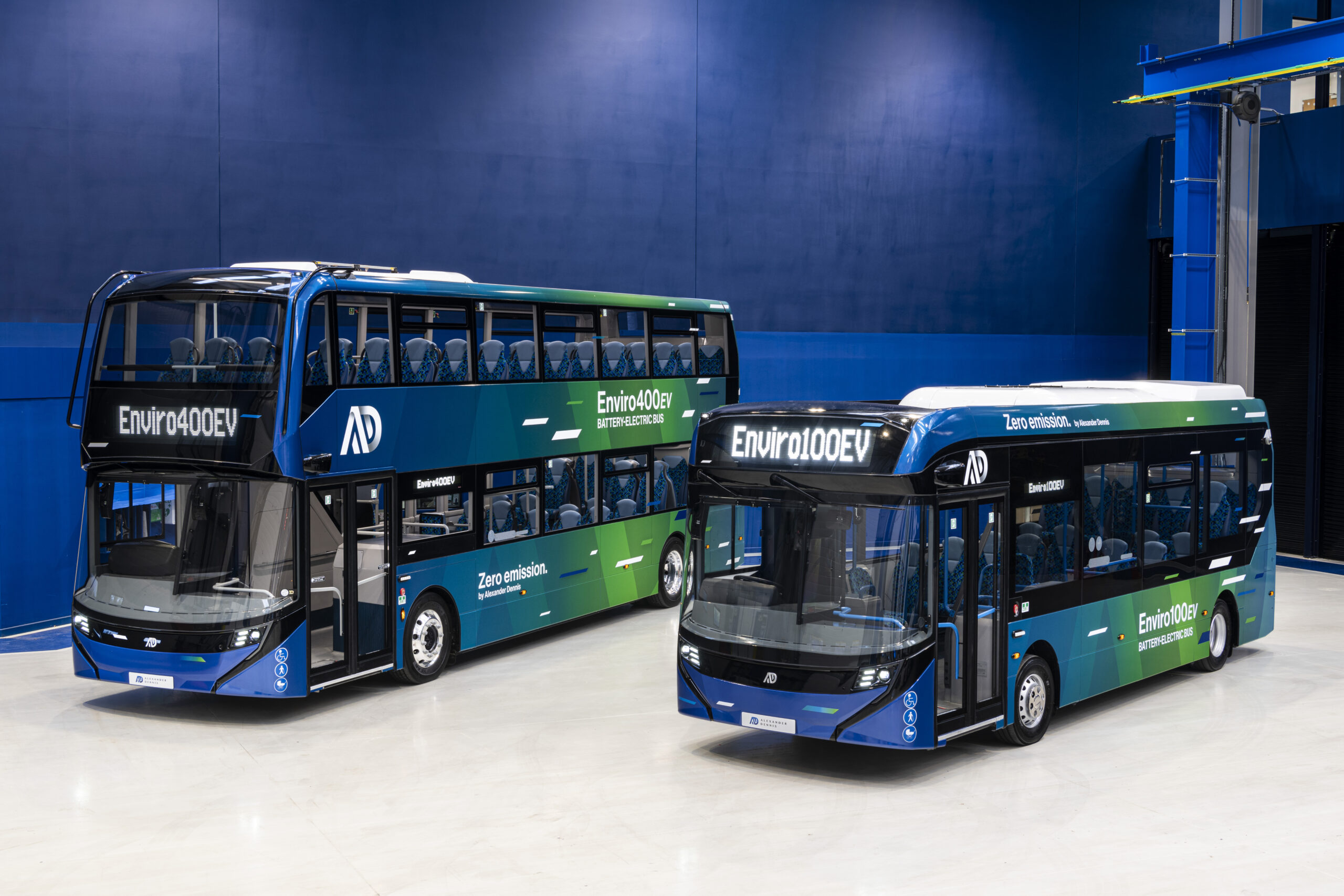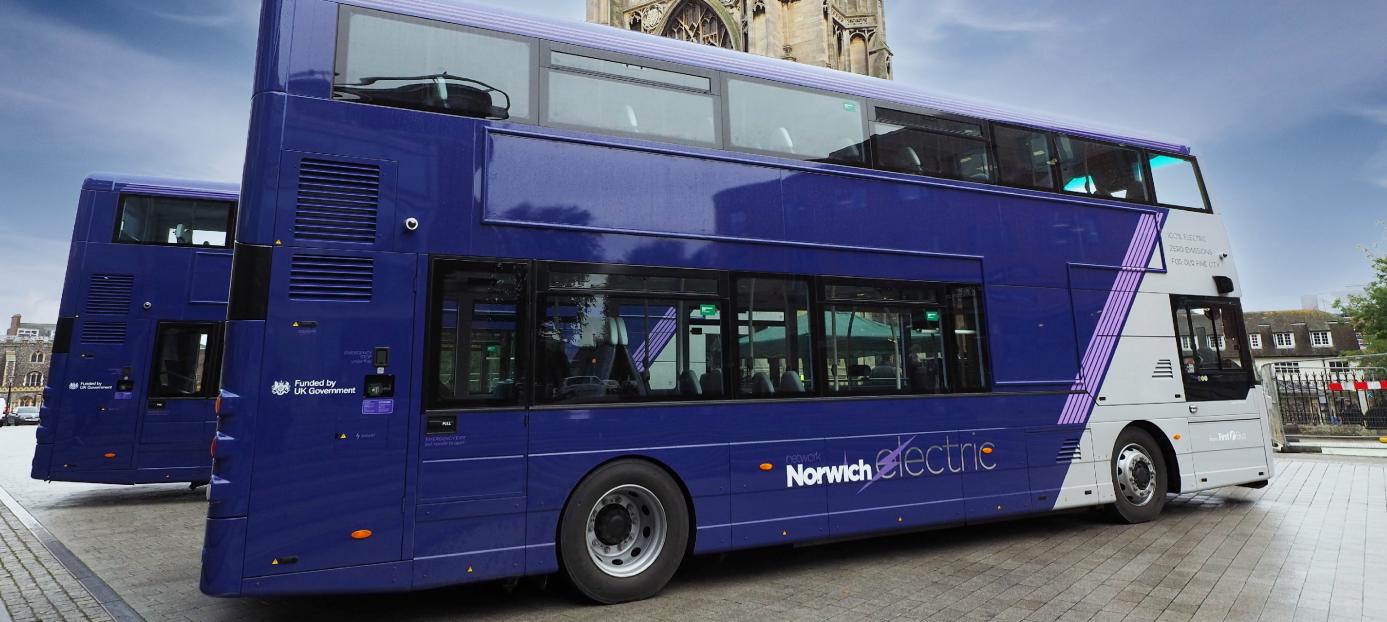By Silviya Barrett, Director of Policy and Research, Campaign for Better Transport
One of the reasons people take the bus in towns and cities is that it can get you there quicker than driving and without the headache and expense of parking. Commuting to and from work, shopping, and meeting friends, can all be enjoyed without the need to worry about what to do with your car while you’re not using it. But when bus journeys become too slow, passenger numbers start to fall.
One of the best ways to ensure that urban buses can beat the traffic is by installing priority bus measures to keep buses moving in traffic. Bus lanes and other bus-friendly measures, such as phased or priority at traffic lights, are a tried and tested way to reduce congestion, speed up bus journey times, improve the reliability of buses and boost passenger numbers.
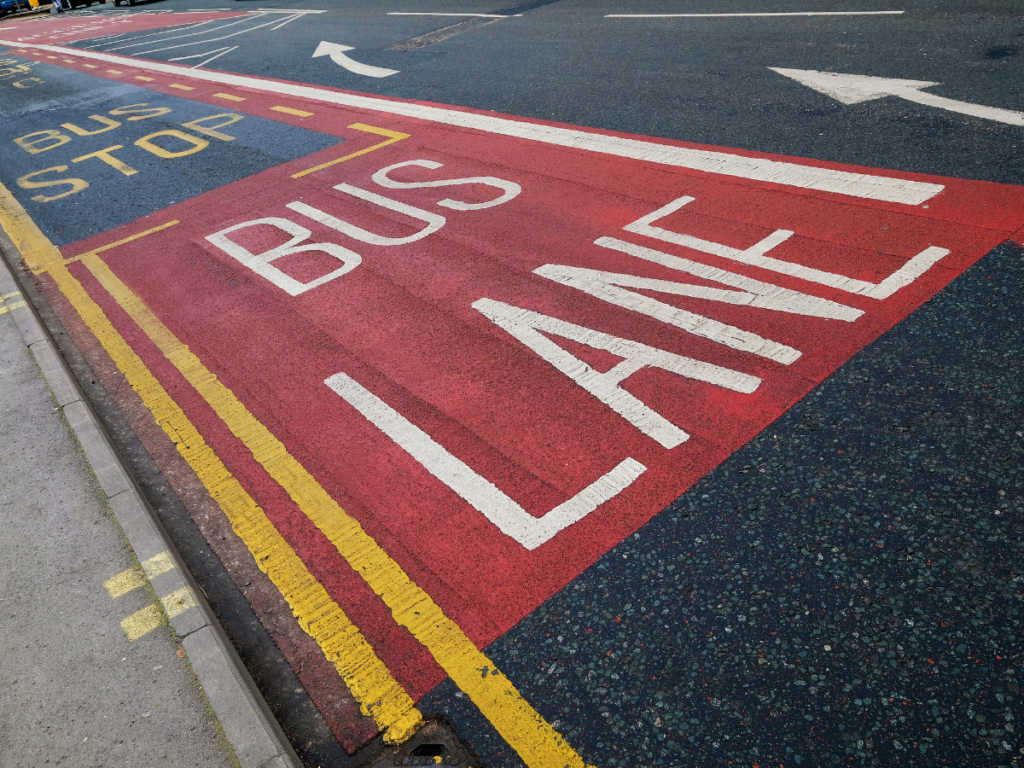
Yet despite the proven effectiveness of bus priority measures, recent UK Government policies have sought to remove and restrict the use of bus lanes in our towns and cities. The recent Plan for Drivers, which was a deeply flawed document, included plans to restrict and limit the use of bus lanes. Not only would this lengthen journey times for both bus passengers and drivers, but it also runs directly counter to policies laid out in the UK Government’s National Bus Strategy, Bus Back Better, which included as part of the 3 billion GBP investment in “bus priority schemes to speed up journeys,” with the first of the planned schemes to be delivered in 2021/22.
The Strategy highlighted the West Midlands as an example of good practice, stating that its 2.5 kilometres of bus lanes had “delivered an 11 percent boost” to passenger numbers. In West Sussex, bus priority measures along just two core routes resulted in a 160 percent growth in passenger numbers and an increase in passenger satisfaction with a cost benefit ratio of 4.67.
So why, when bus lanes form a corner stone of national transport policy and all the evidence shows they work, is the Government suddenly backtracking? The reason lies in a short-term attempt to win votes and the mistaken belief that bus lanes are unpopular with the majority of people.
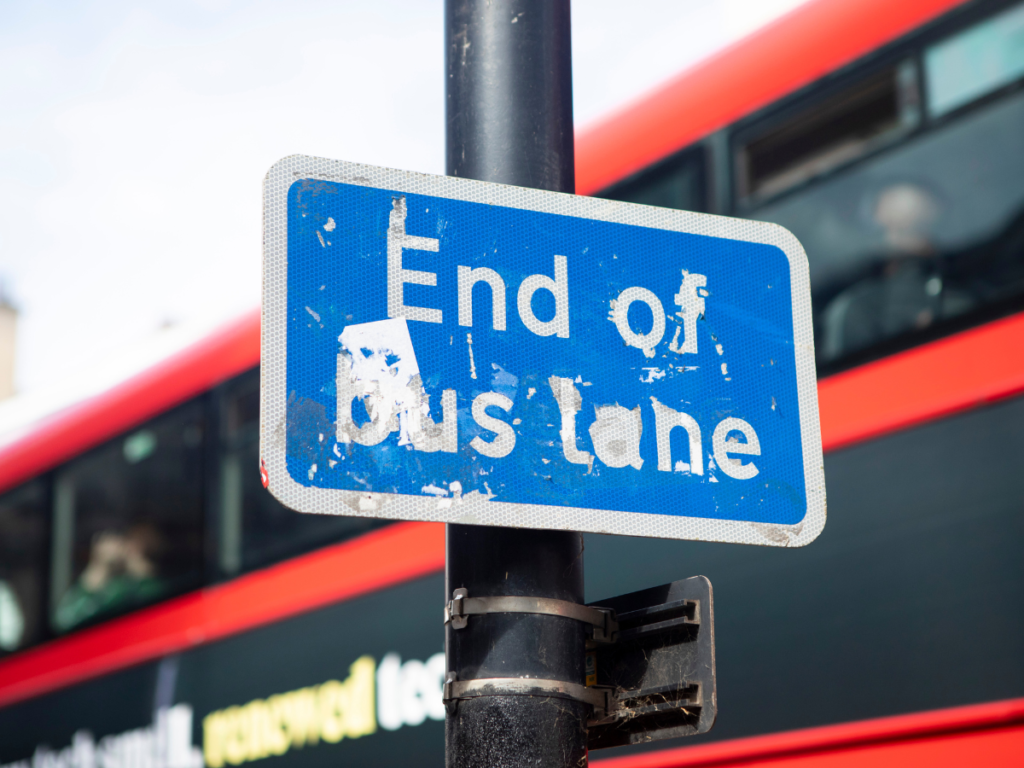
In fact, research commissioned by Campaign for Better Transport revealed huge public support for bus lanes, with almost seven out of ten people who were questioned supporting their use. The survey found that 68 percent of people (63 percent of drivers and 78 percent of public transport passengers) agreed that buses should have priority over cars on busy roads.
Local transport authorities already have the power to limit or change the use of bus lanes, but the Plan for Drivers implied that the Department for Transport would be issuing stronger guidance. We at Campaign for Better Transport found this apparent policy shift deeply worrying, especially as limiting bus lane operating times to peak times only is unlikely to offer any benefit to drivers. There is generally no congestion at off-peak times, so extra road space would make no difference to journey times and would in fact just confuse drivers about the rules of operation of bus lanes and risk more people receiving penalty charge notices.
We were so concerned about the potential removal of bus lanes we wrote a joint letter to the editor of The Times newspaper which was signed by the five main UK bus companies and called on the Prime Minister to rethink his plans.
The letter highlighted that after having given valuable support to the bus industry both during, and post pandemic with dedicated funding streams through the bus service improvements plans and the £2 cap on bus fares, allowing cars to take precedence over buses in town and city centres is not just alarming, it risks undermining all the government’s previous good work.
With bus passenger levels almost back to pre-pandemic levels, the last thing the bus industry and indeed the economy needs is anything to reduce this trend.
Bus priority measures work. A KPMG study found that a 1.2 billion GBP investment in bus priority will deliver 6 billion GBP of benefits including:
- 2.3 billion GBP in direct benefits to passengers – quicker and more reliable bus journeys
- 2 billion GBP through improved access to jobs – quicker journeys increase access to other jobs further away
- 700 million GBP in public health benefits – the average bus user walks 20 minutes as part of their commute
- 440 million GBP in improved air quality and reduced carbon emissions
- 420 million GBP in other benefits – people have more time to spend doing things other than travelling, like volunteering
And slow, delayed buses cost more to run – a ten percent decrease in bus speeds increases bus operating costs by 400 million GBP per year.
Improving the quality of bus services by reducing journey times and improving reliability is a key factor not just in tackling congestion, but also in encouraging modal shift from cars to public transport which is crucial to helping reduce both carbon emissions and congestion. As long as bus priority measures are well designed and correctly implemented in the right locations, they can improve the efficiency of the whole transport network, improving journey times and reducing delays for all road users.
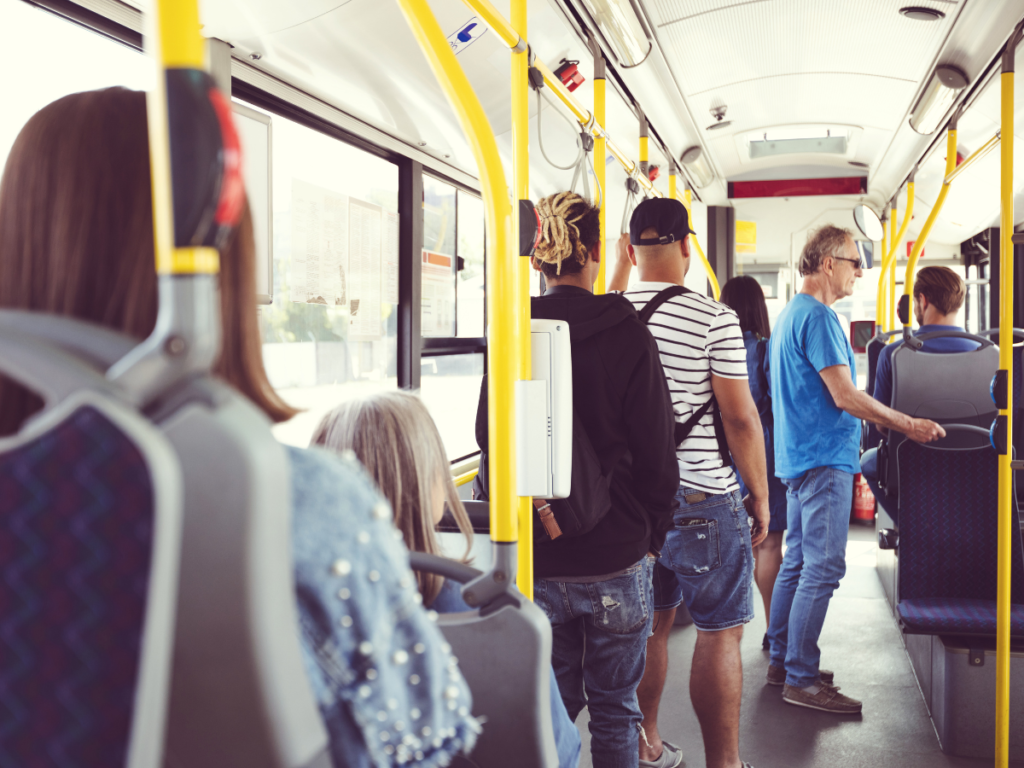
We asked people why bus lanes were important and here’s what some of them told us:
Ray, bus user and campaigner, West Yorkshire said:In 1970, my local bus service ran every ten minutes, and used nine buses. It now needs 15 buses due to slow traffic and they have cut it to every 15 minutes. If we had bus lanes, I reckon we would soon be back to every ten minutes or maybe even better.
Betsy, bus user, Suffolk said:I was in Cambridge yesterday, using the Park and Ride bus to get into that very crowded city, and I was so grateful for the bus lanes which speeded our very full vehicle along.
To tackle congestion and air pollution in our towns and cities, we need to ensure catching the bus is quicker and cheaper than driving. A single full bus can take up to 90 cars off the road but for bus travel to thrive, priority measures including dedicated bus lanes are essential.
The vast majority of people see the benefits of bus lanes through reduced congestion on the road. Any measures which reduce their effectiveness will not just result in longer journey times for bus passengers, it will also result in longer journeys for drivers too.
Sign up to Campaign for Better Transport’s mailing list to find out more about their work on buses.













